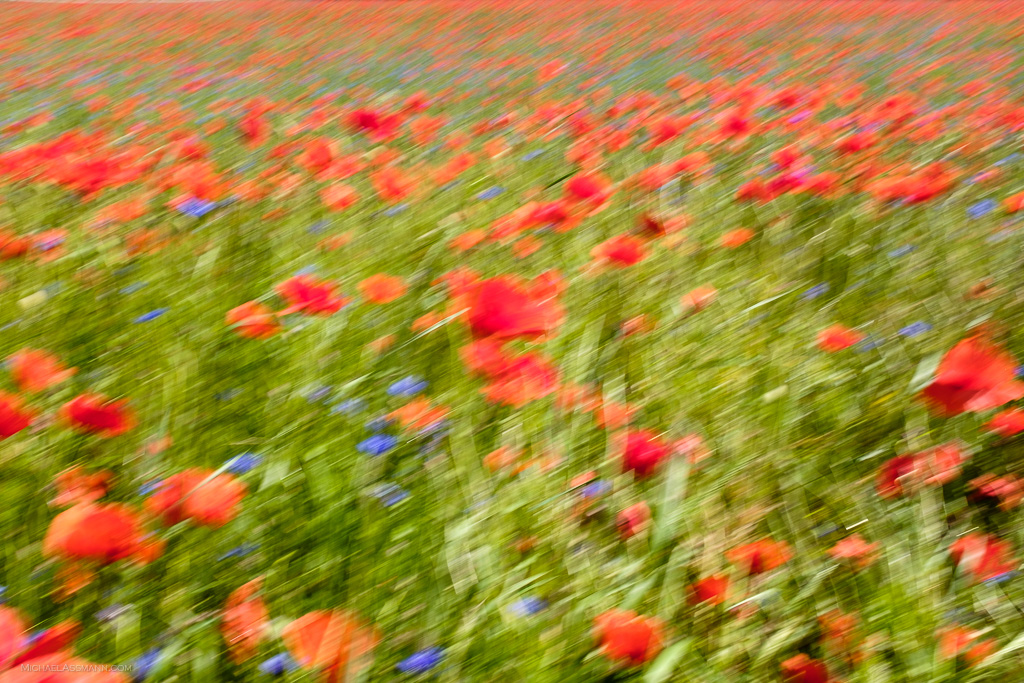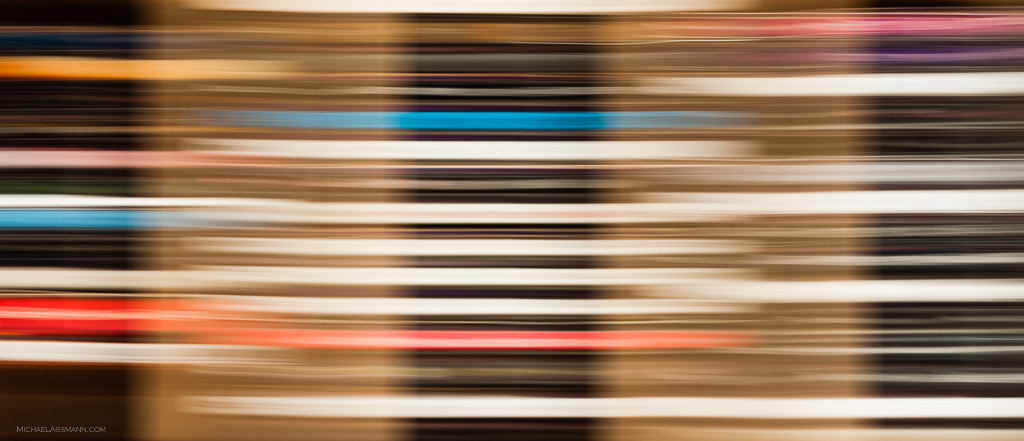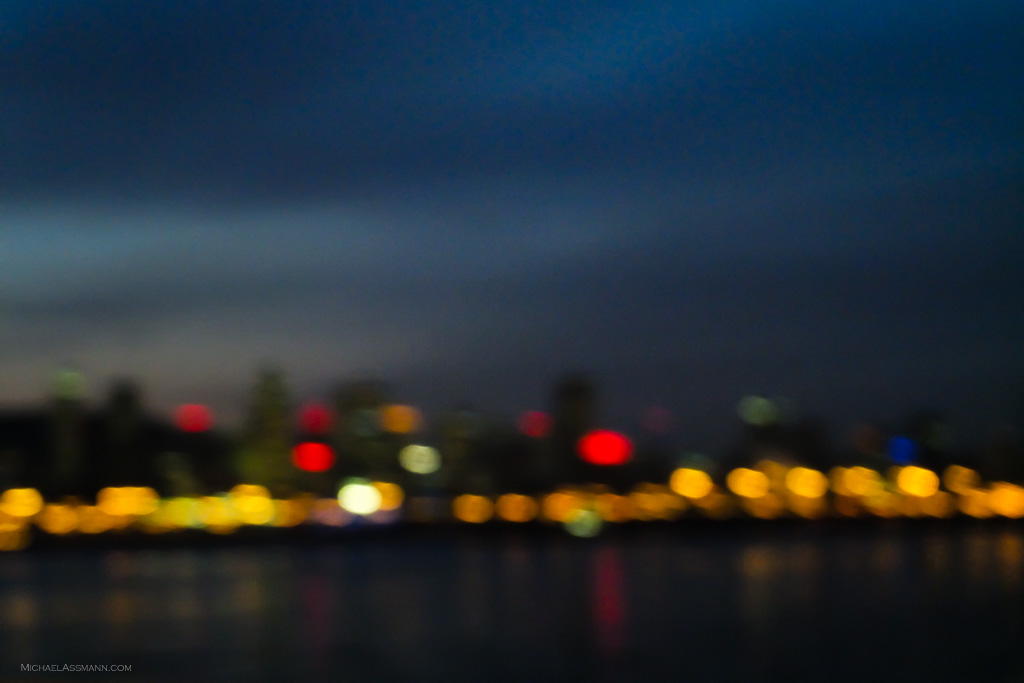Cameras are essential tools for making things visible that are usualy not directly observable by the human eye. Photographers use them to show the not so obvious to the viewers of their images. There is a number of techniques that help in this abstraction process. This post will highlight two of them.
Abstraction through intentional camera movement
This week we have seen record levels of rain in the East of Germany. Roads were closed and I had to take a different route to and from work. This way I came along the same place I had described in the my recent post on poppies. What a difference not too long after my first visit – there were no traces of red, and the place looked completely different. I took it as a reminder to use opportunties when they open up and not to wait too long …
During my first visit I had also played with longer exposure times and the effects of intentional camera movement. Usually this technique provides a sense of dynamics to an image and introduces a new perspective for static objects. Variation of exposure time and direction of the movement leads to different result, some of them more surprising than others. On the one below (exposed at 1/10th of a second and a slightly circular movement) it leads to a shift of focus from the shapes of the flowers to the colors present in the place.

There is a number of artists using this technique systematically for their work. They master the choice of exposure and speed of movement to provide just enough information for the viewer to identify the subjects of the images.
With longer exposure or faster camera movement the shapes of objects dissolve complete and leave light and color as the subject of the image. If you want to leave the viewer in a mystery about what you have made an image of, this is certainly a possibility …

Abstraction by shooting out-of-focus
Another way to present an abstract version of a photographic object is to shoot it out of focus. The impact will again be a shift of focus from shape to color. This technique is applicable to a variety of objects, in the image below it’s a cityscape:

Post-processing or in camera?
While others could probably create all the examples above in Photoshop, I prefer the in-camera process. This way I am forcing myself to create and follow a vision of the final image early in the process. It is also the playful interaction with the gear that helps me to generate ideas on how to approach my vision. This in-camera work is the way back to what photography stands for – painting with light.
I encourage all my fellows to do the same. Abstraction is a potential way out for many of us with regards to G.A.S. (gear acquisition syndrome.) The re-use of existing gear in a new way will lead to results that satisfy our desire to create. It promotes learning how a camera sees differently than the human eye – and then to use this to your advantage in the creative process.
